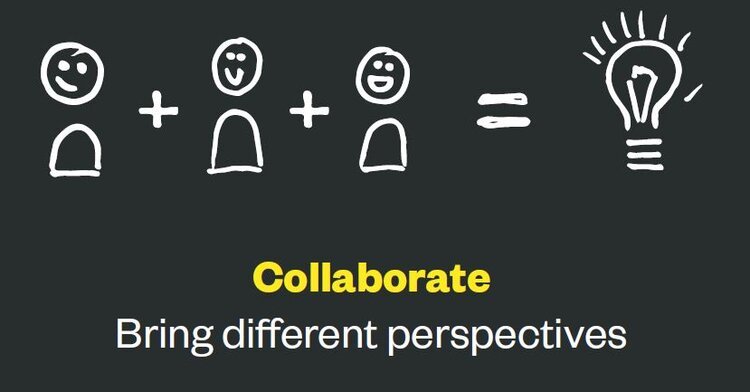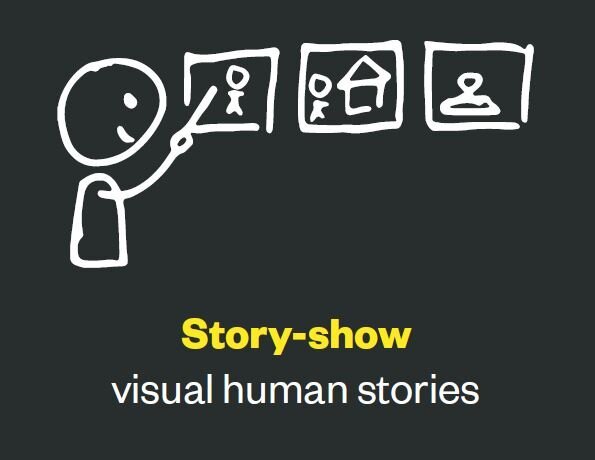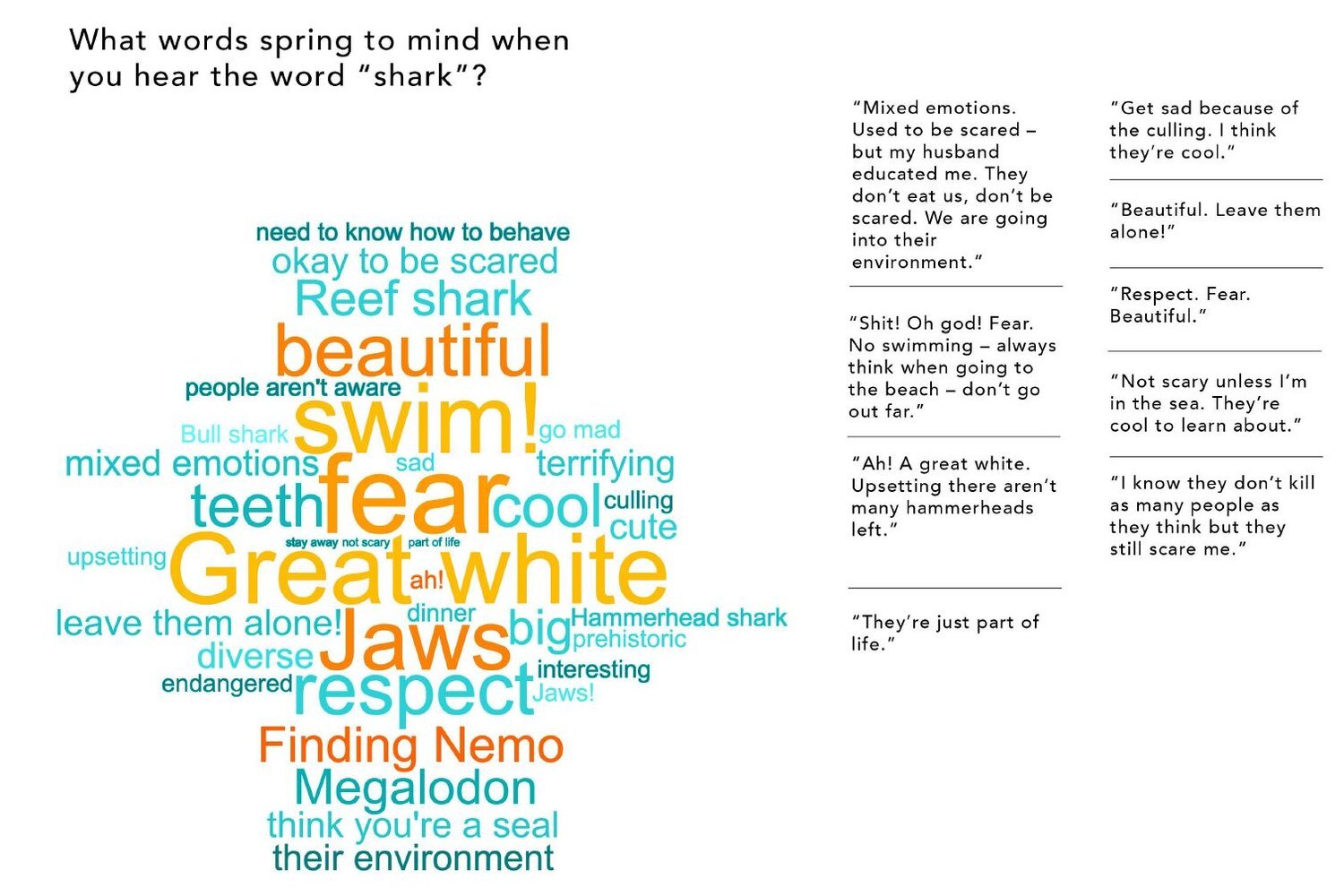What visitors want (and how to find out)
There are lots of different names given to the type of work that we do at Story Inc - Location Based Experiences, Experience Design, Spatial Design...the list goes on. We prefer the term Visitor Experiences, because to us, putting the visitor first is the simplest way to guarantee that the experiences we design are successful.
But how can we know what visitors will like? One sure-fire way is to begin by listening to and understanding your end users – the visitors. This approach is called “Front-end Evaluation” and it helps us design experiences for a wide range of people by providing early exposure to different perspectives and insights.
There are many different visitor research methodologies: focus groups, surveys, observations, visual diaries and comment cards. For us, the most useful research technique is the intercept interview – an unscheduled 5-10 minute structured Q&A conducted with a willing participant in a public place, such as a shopping centre. This exploratory qualitative approach allows us to ask probing questions, and receive detailed, naturalistic answers that help explain why a visitor thinks or feels a certain way.
So once you have a willing participant what questions should you ask them? This is where it gets tricky because it’s never as simple as asking visitors to just design the experience for you. Asking a question like, “What sort of interactive experiences would you like to see at an exhibition about [X]?” rarely reveals useful insights as it generally requires your interviewee to think about a topic and solution which may be completely foreign to them.
Forget about finding solutions during the visitor research stage, and instead focus on understanding your visitors. Ask questions that encourage your interviewees to tell you stories about things they have personally experienced, as opposed to hypothetical future experiences they might participate in. For example, good visitor research questions look like:
“Tell me about the best attraction that you ever visited and why you liked it”
Visual aids such as reference images or mood boards can be extremely useful tools as they provide simple ways to explore topics and themes. Questions can be designed around the reference images to draw out reactions, thoughts and feelings. It’s also important to follow up questions like these ones with “Why” questions to gain further insights about the underlying drivers for interviewees’ thoughts and feelings.
“What words spring to mind when you see the following pictures?”
“How does this picture make you feel?”
“On a scale of 1-5 how much does this story interest you?”
Once you have completed your interviews the research results need to be analysed for learnings, inferences and insights which will inform the design. Statistics, key facts, personal observations, insights and user quotes are written onto sticky notes and stuck onto a large flat surface (like a table or wall). Researchers group and categorise the notes until patterns begin to appear in the data.
Finally, the results are collated and presented in an easily digestible format. Word clouds, infographics, graphs and pull quotes are all particularly useful presentation techniques.
Visitor research is really all about empathy - if you can understand your potential visitors you can put them at the centre of your design. Just keep your questions simple, find ways to draw out stories, learn “why” and then analyse and present your data.






